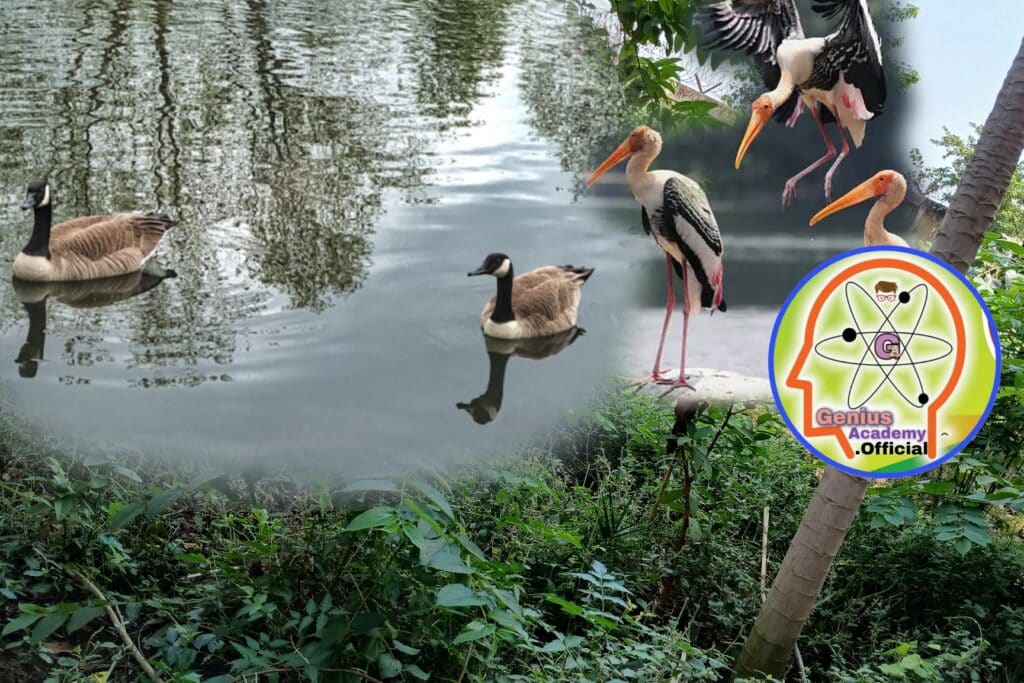
Overview of Sarotar Lake’s Wetland Potential
Sarotar Lake, located in Dumriyaghat (Motihari, Bihar), is set to become Bihar’s third designated wetland, pending approval from the central government. After a recent survey conducted by a central team led by Dr. Saroj Barik from Odisha, it was confirmed that Sarotar Lake possesses all the necessary characteristics of a wetland. The survey team will submit their findings to the state government, which will then forward the proposal to the central government for final approval.
The two designated wetlands in Bihar are:— (1.) Kawar Lake (also known as Kabar Taal) in Begusarai and (2.) Naga Natki Lake in Jamui
Biodiversity and Bird Migration at Sarotar Lake
Spanning over 266 acres, Sarotar Lake has emerged as a significant ecological habitat, particularly for migratory birds. Among its 266 acres, 143 acres are government land, ensuring sufficient space for sustainable development and conservation efforts. The lake serves as a seasonal sanctuary for over 250 migratory bird species, including the Red-Wattled Lapwing, Little Stint, Common Snipe, and Common Sandpiper. These birds travel from Siberia and other distant countries to reside in Sarotar Lake for three to four months, using it as a breeding and feeding ground.
Significance as Bihar’s Third Wetland
Once approved, Sarotar Lake will join Kawar Lake in Begusarai and Naga Natki Lake in Jamui as Bihar’s third wetland. These wetlands play an essential role in conserving biodiversity, providing migratory birds with a habitat, and maintaining ecological balance. With wetland status, Sarotar Lake will benefit from dedicated conservation measures, which include managing its water resources, protecting the natural habitat of birds, and promoting ecological tourism.
Development Plans for Ecotourism and Conservation
Upon receiving wetland status, Sarotar Lake will undergo development to enhance its ecotourism potential. Proposed initiatives include building infrastructure for tourists, developing observation spots for birdwatching, and improving amenities. These plans will also focus on preserving the lake’s natural environment and promoting the growth of migratory bird populations, ultimately boosting tourism from both within India and abroad.
Conclusion
Sarotar Lake’s potential designation as a wetland marks a pivotal step in Bihar’s commitment to environmental conservation. Through dedicated efforts towards maintaining biodiversity and facilitating ecotourism, Sarotar Lake will not only preserve its natural resources but also attract wildlife enthusiasts, researchers, and tourists worldwide.
_

